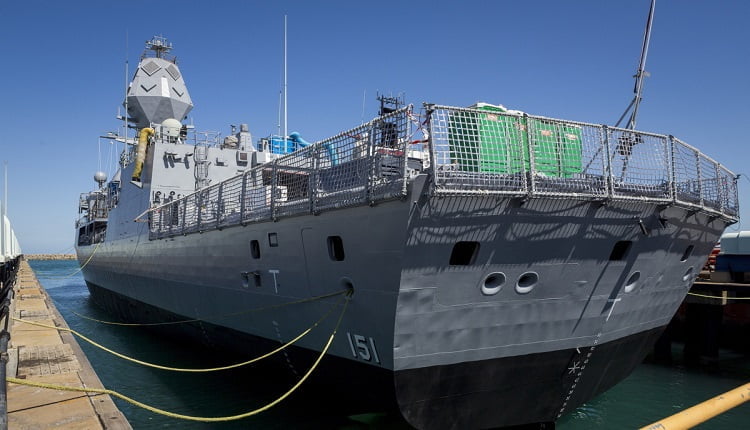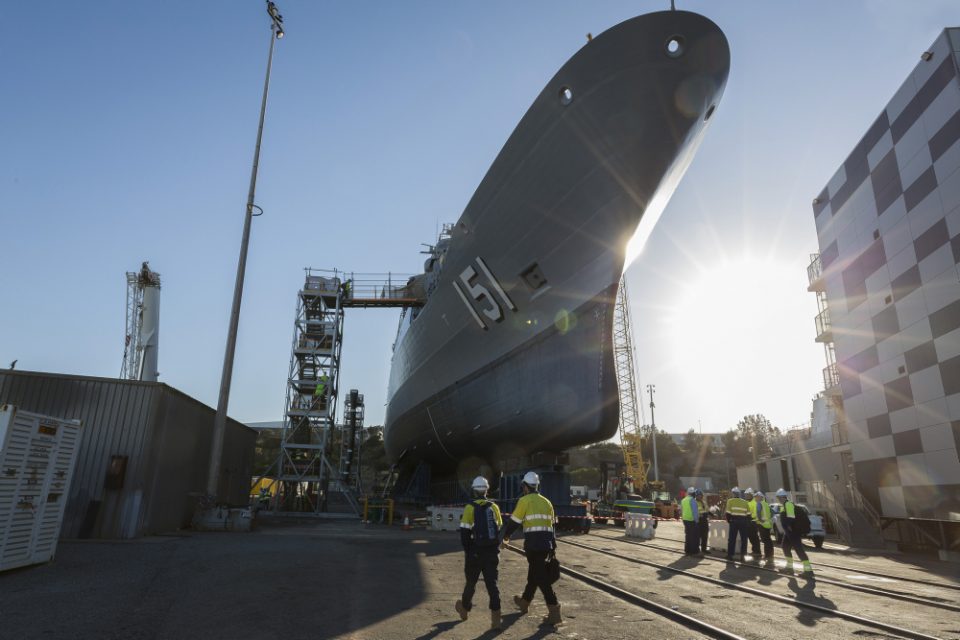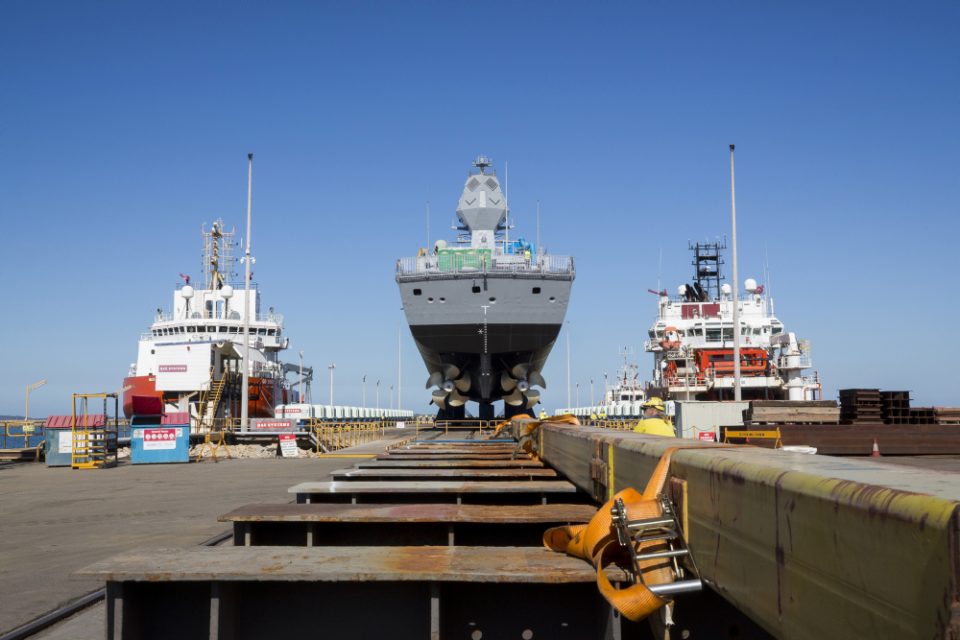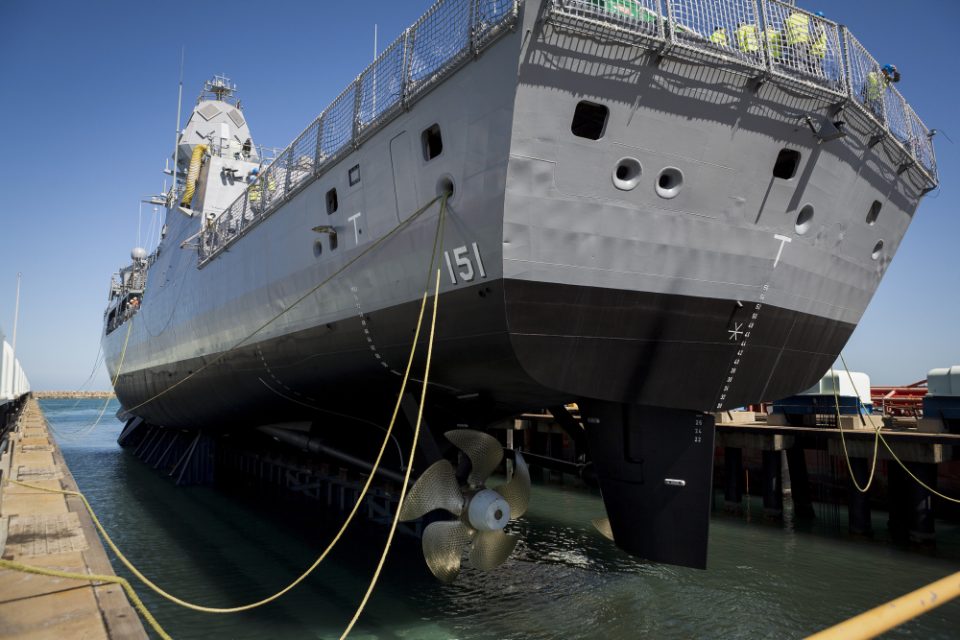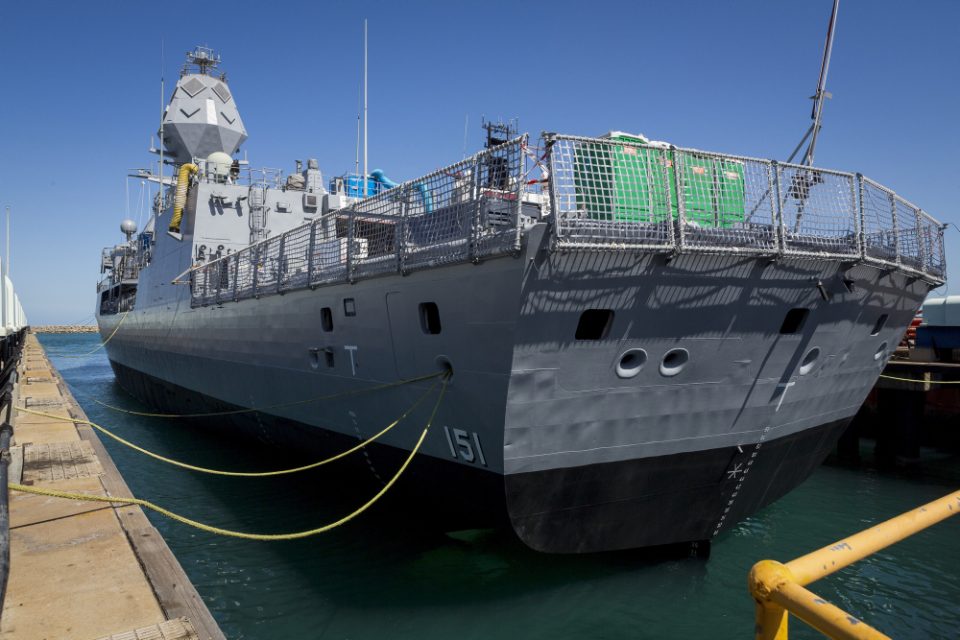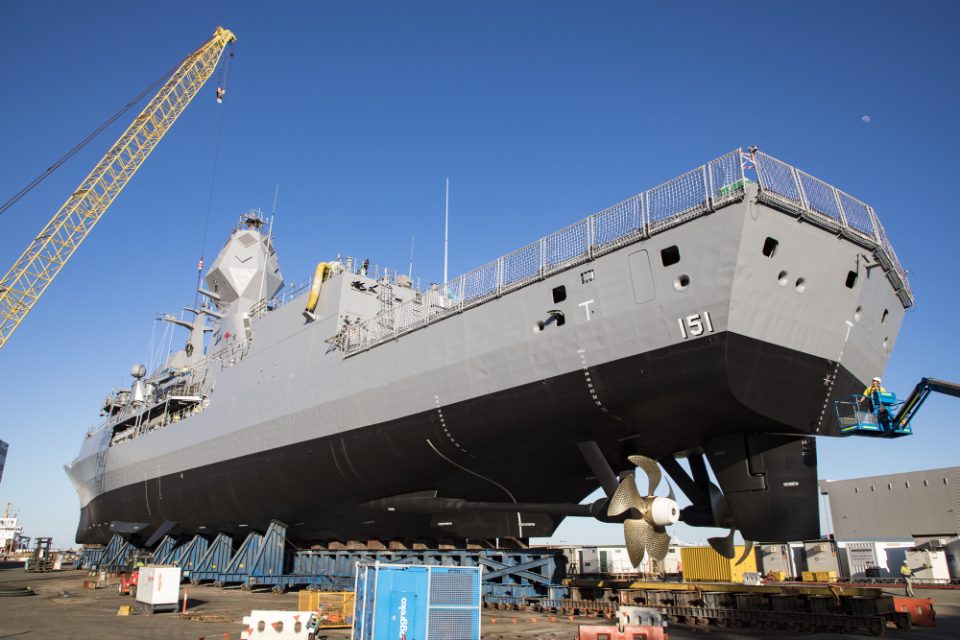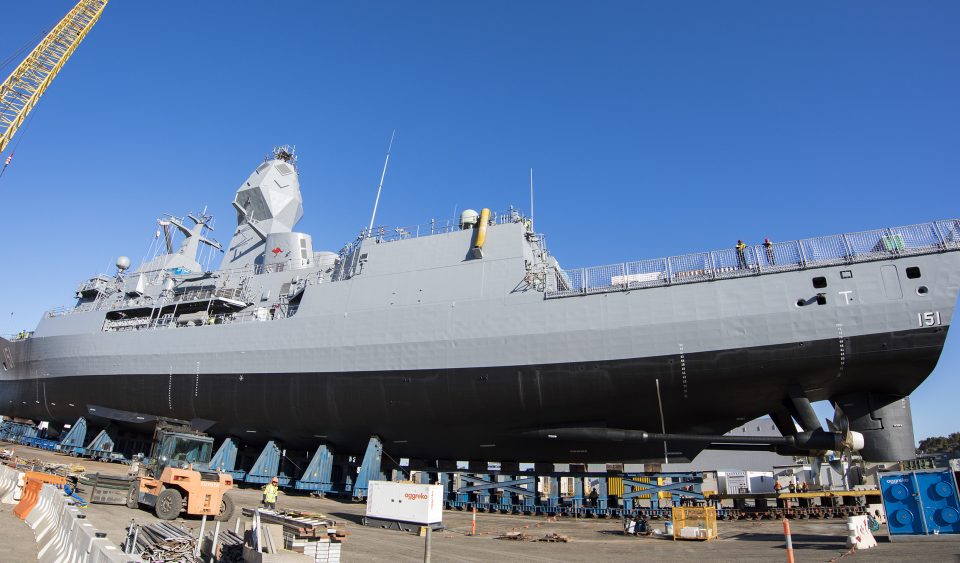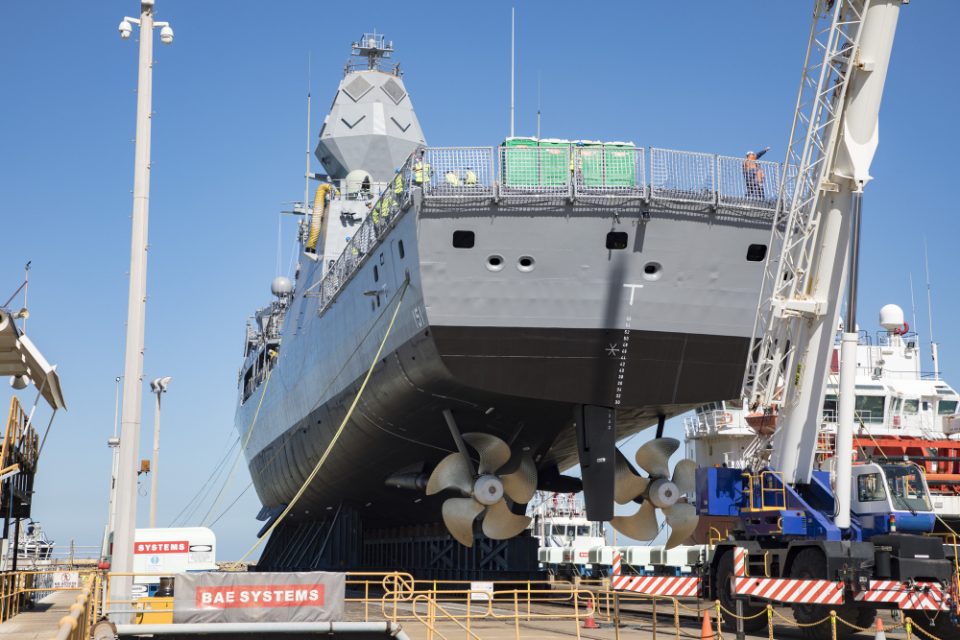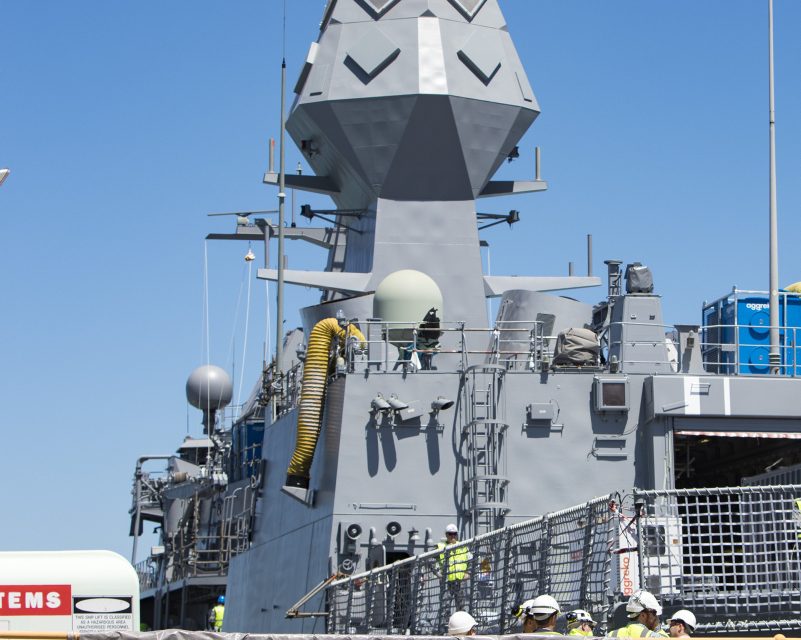The Missile Defense Agency (MDA) and U.S. Navy sailors manning the Aegis Ashore Missile Defense Test Complex (AAMDTC) at the Pacific Missile Range Facility (PMRF) at Kauai, Hawaii, successfully conducted Flight Test Integrated-03 (FTI-03).
This was an operational live fire test demonstrating the Aegis Weapon System Engage On Remote capability to track and intercept an Intermediate Range Ballistic Missile (IRBM) target with an Aegis Ashore-launched Standard Missile-3 (SM-3) Block IIA interceptor.
12.10.2018
Video by Mark Wright
There was a plethora of firsts for the SM-3 Block IIA from this test, the first successful intercept from a land-based Aegis Ashore Site, first successful intercept of an Intermediate-Range Ballistic Missile (IRBM), and first successful intercept from Engage on Remote (EOR).
The missile target was three to four times the range of the target missile from the SM-3 Block IIA’s last intercept 47 days prior and proving out the Aegis Ashore sites in Europe to defend against Iranian ballistic missiles and future sites in Japan from North Korean ballistic missiles. The test also proves out the U.S. ship-based Aegis missile defense capability to defend Guam and Okinawa from North Korea, by providing a further forward based first shot when the SM-3 Block IIA becomes operational. The test also certainly proves a more in-depth defense of Japan from the sea with the upcoming new Japanese Atago-class ships, that will have Aegis Baseline-9 outfitting with the SM-3 Block IIA interceptors.
Bigger than all of the firsts is the leveraging of the Command and Control, Battle Management, and Communications (C2BMC). The foundation for the future of missile defense is the demonstrated cross-domain C2BMC capability that fuses multiple sensors and radars from space, air, land, and sea to give the best firing solution to the new SM-3 Block IIA, an interceptor that is capable to fly beyond the range of the sensor platform it is launched from.
Here are a few sensors that may have been available last night, a few thousand miles southwest of Hawaii when the C-17 dropped the target missile into flight for this operational live fire, that required the use of engage on remote to connect this new long-range SM-3 Block IIA interceptor to its target.
- Space-based Kill Assessment (SKA)
- Army/Navy Transportable Radar Surveillance (AN/TPY-2)
- Space-Based Infrared System (SBIRS)
- Defense Support Program (DSP)
- Space Tracking and Surveillance System (STSS)
- F-35s
- Reaper Unmanned Aerial Vehicle (MQ-9)
- Aegis BMD ships
- Sea-Based X-Band Radar (SBX)
Last night was a historic achievement in many ways for the evolution of missile defense and the operational deployments of missile defense that keep the regions and world stable, but it was a greater achievement as a team with an allied partner of Japan, the U.S. Government, and Industry led by the Missile Defense Agency (MDA) that made this happen. Great credit and great acknowledgement go to them.
http://missiledefenseadvocacy.org/alert/a-power-statement/
December 11, 2018


